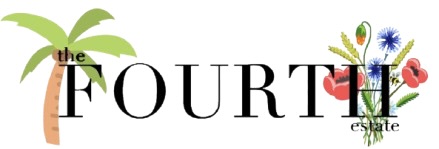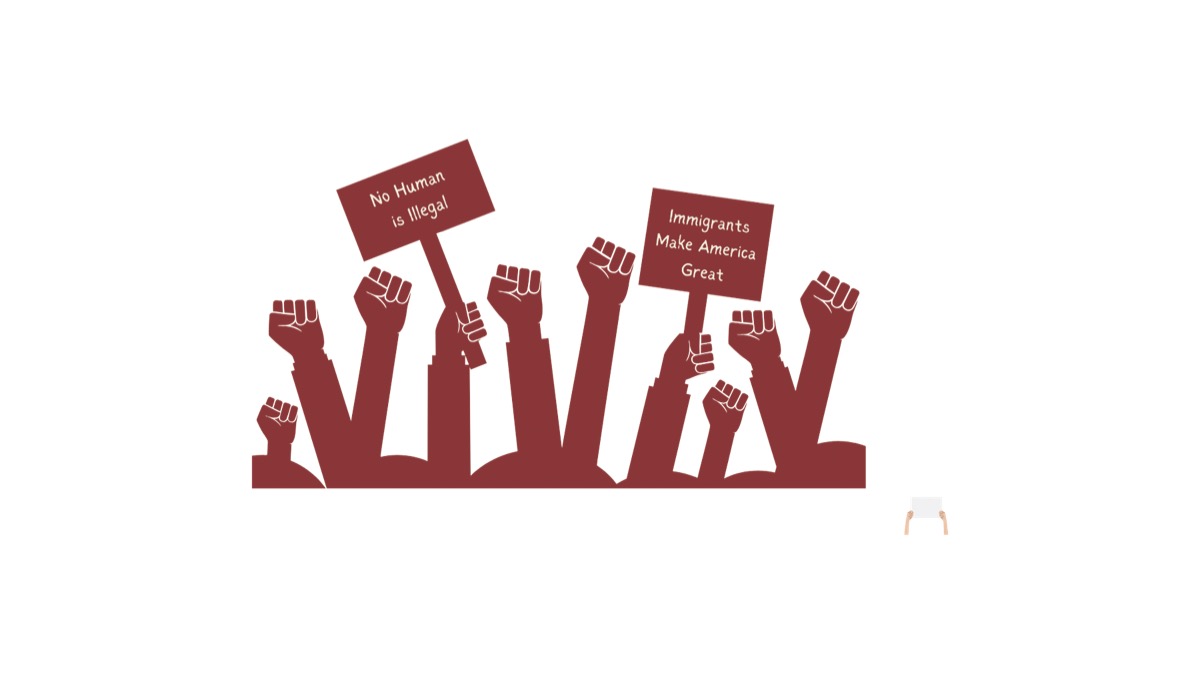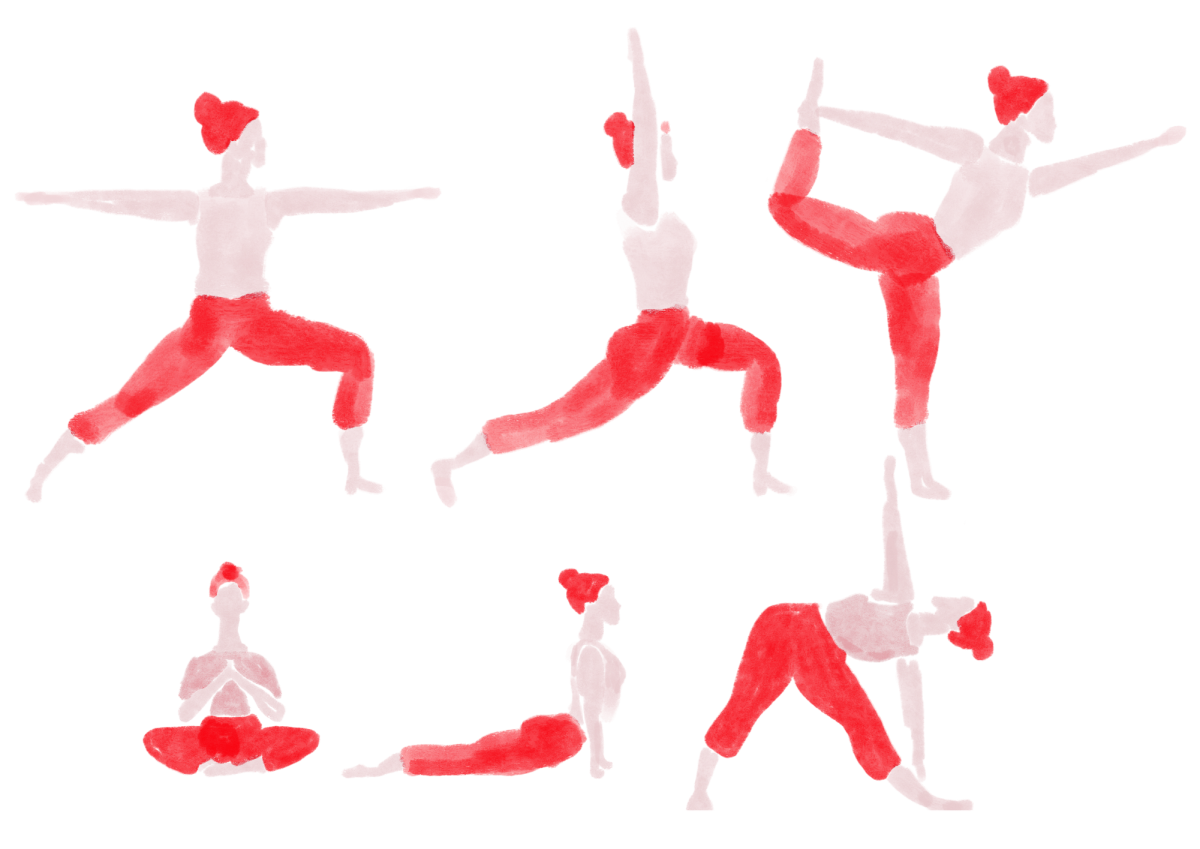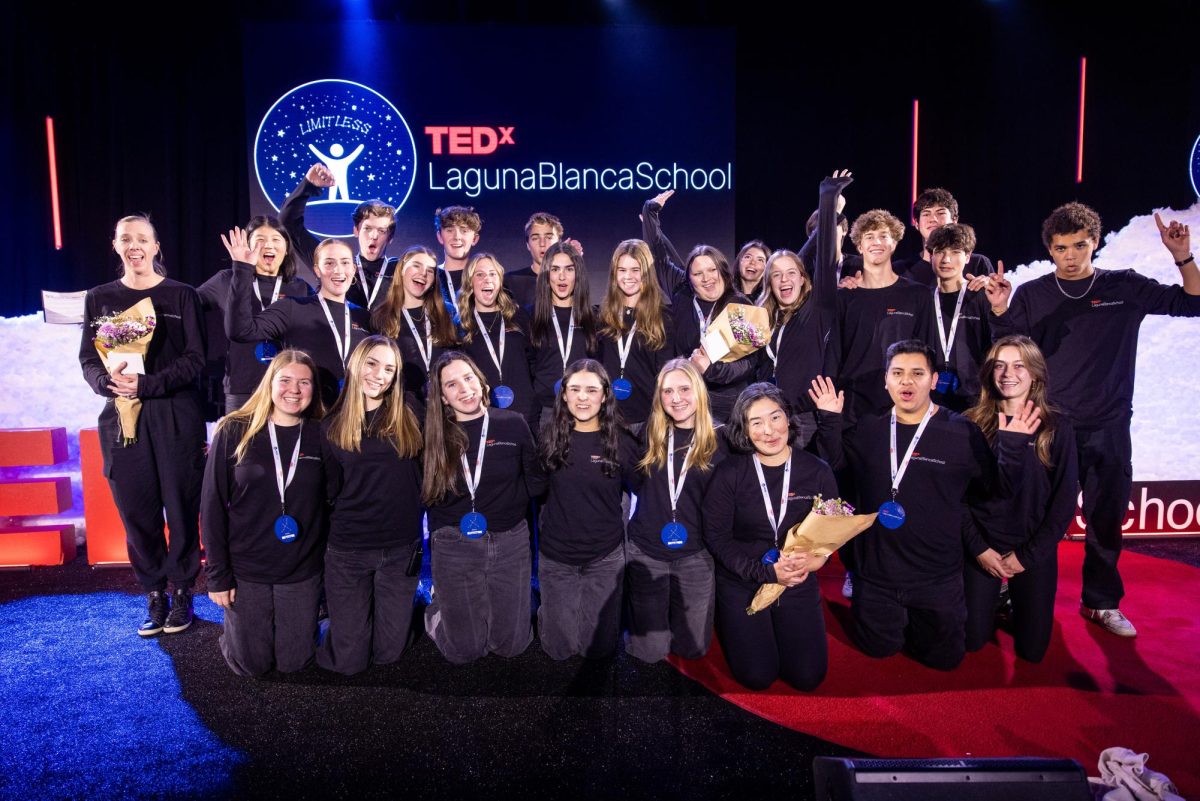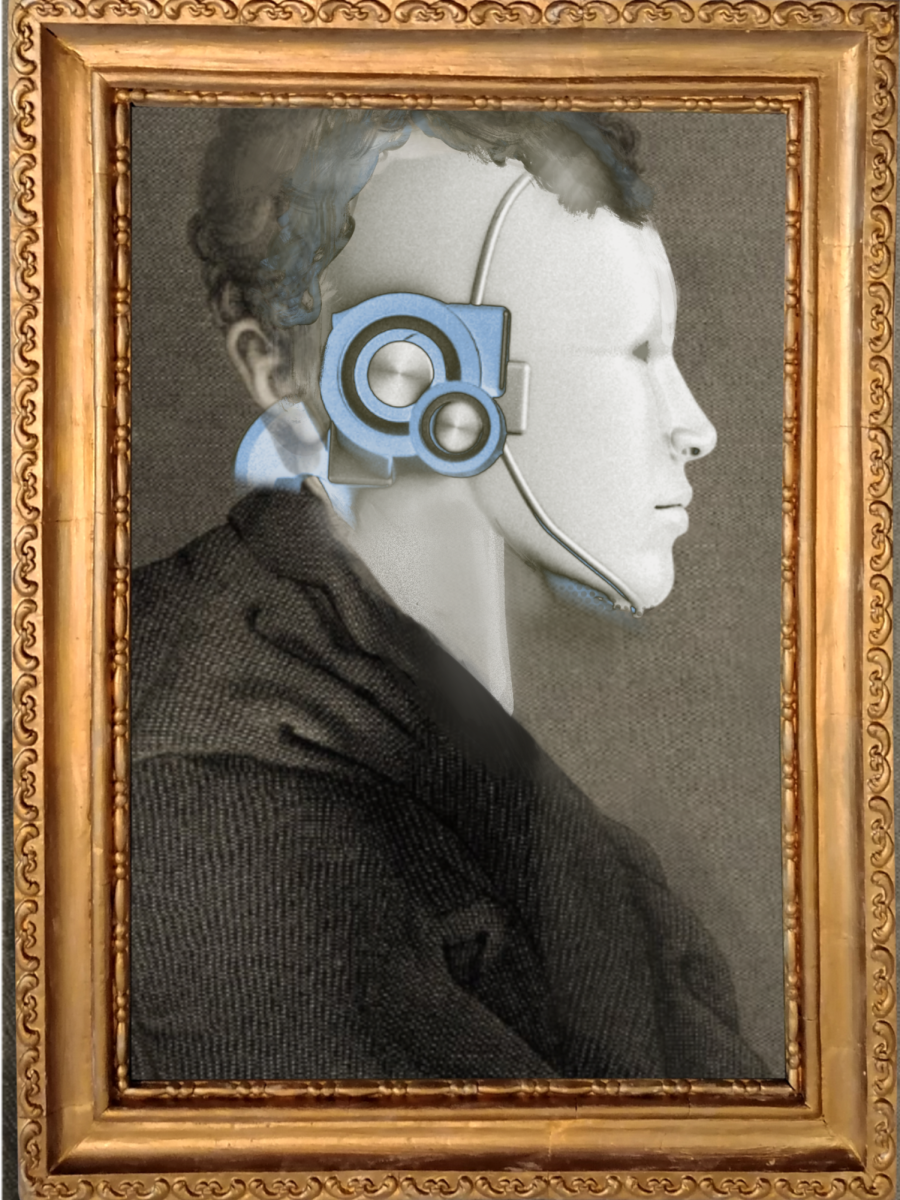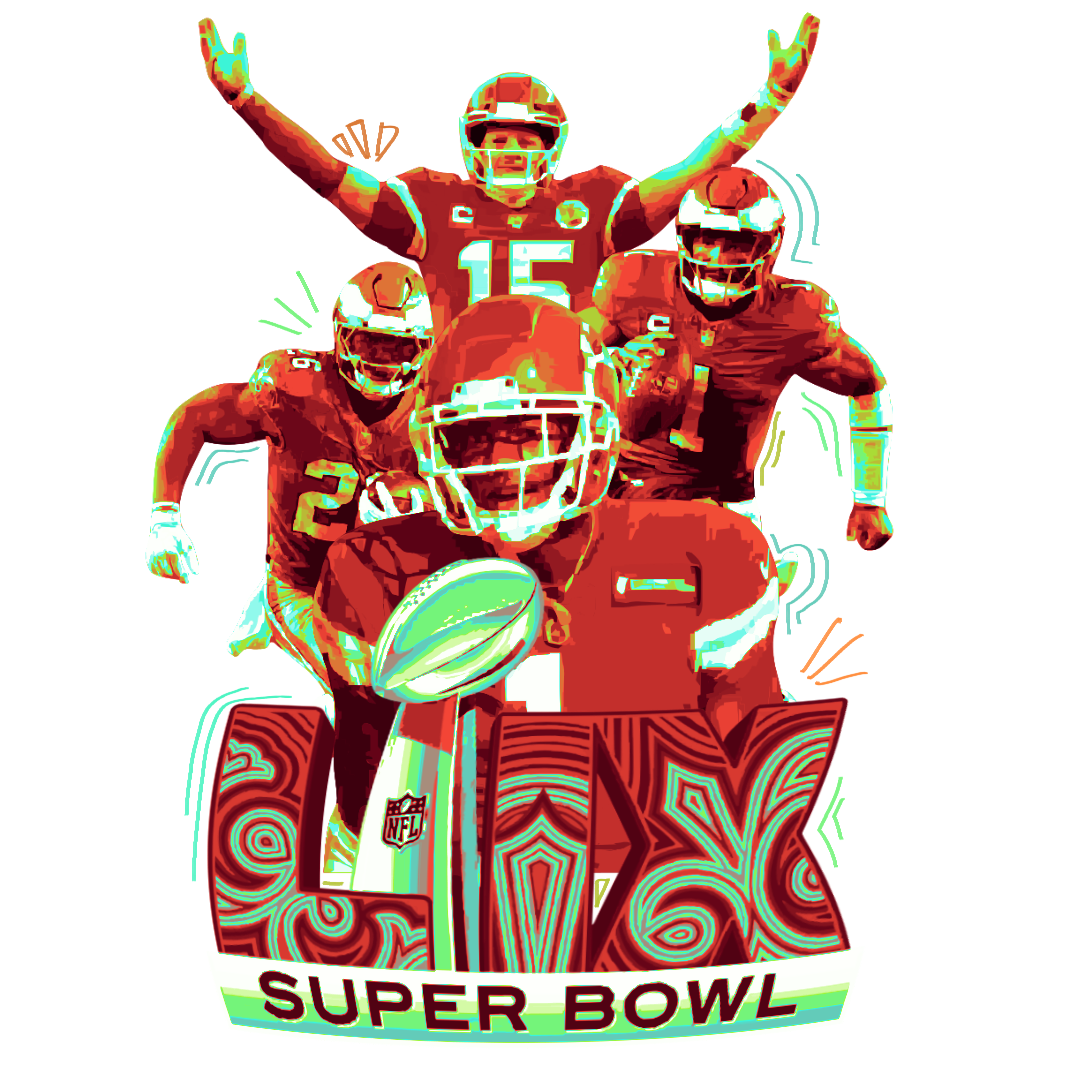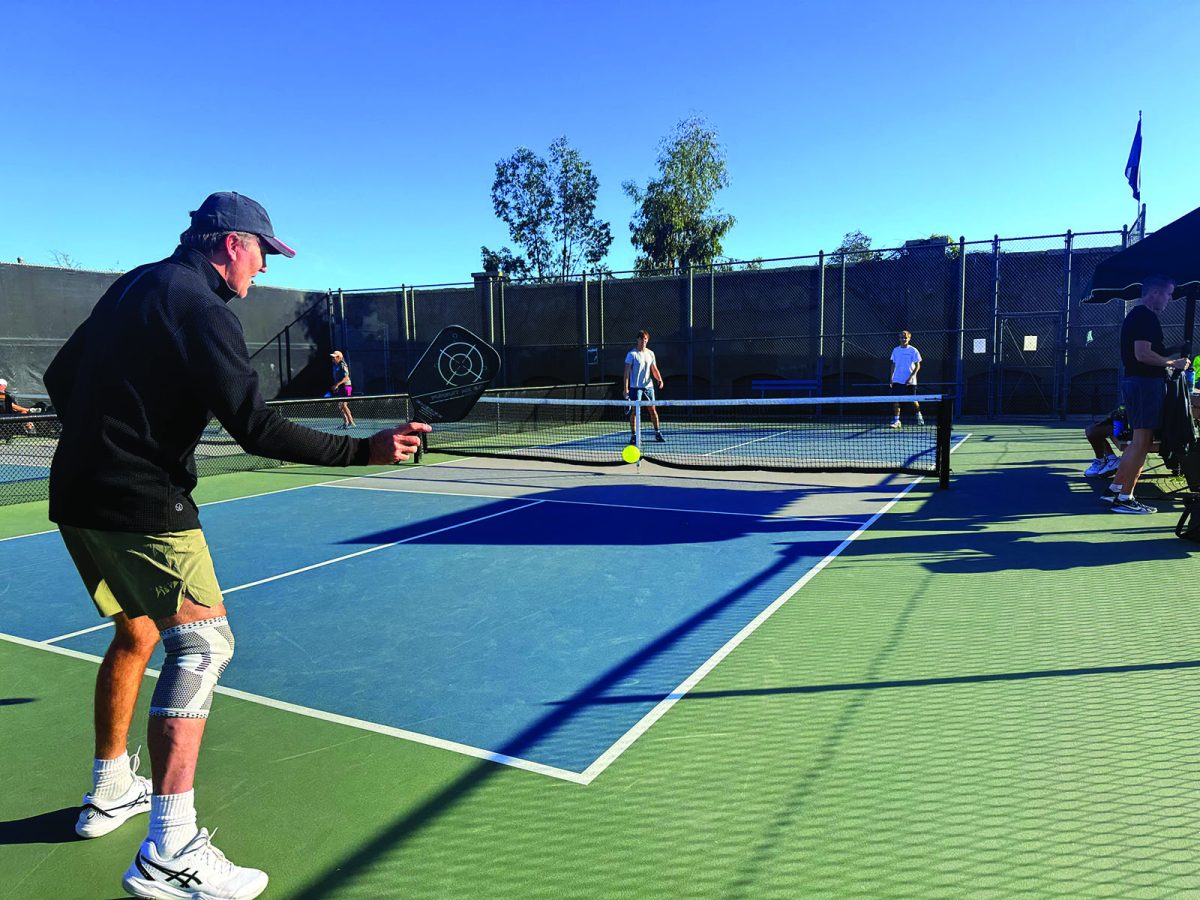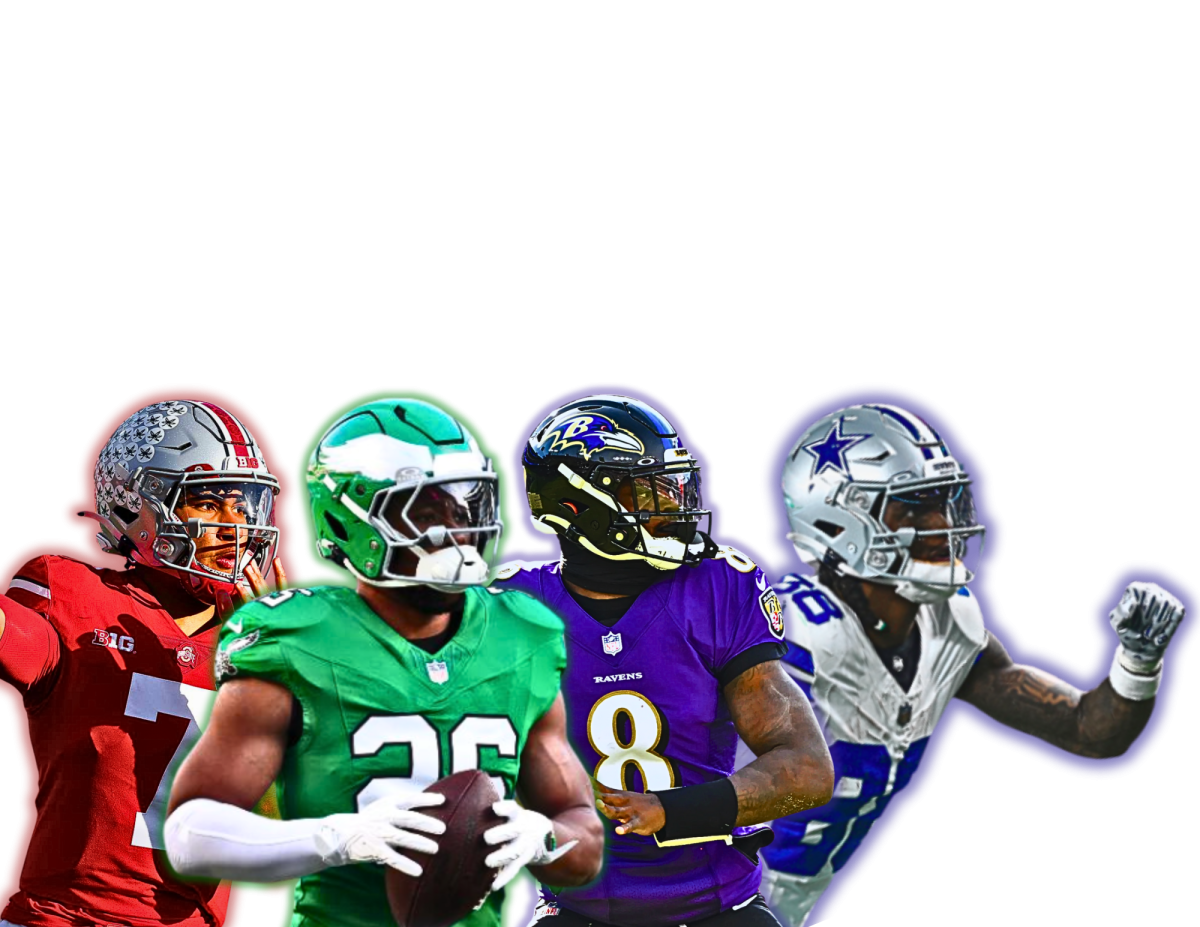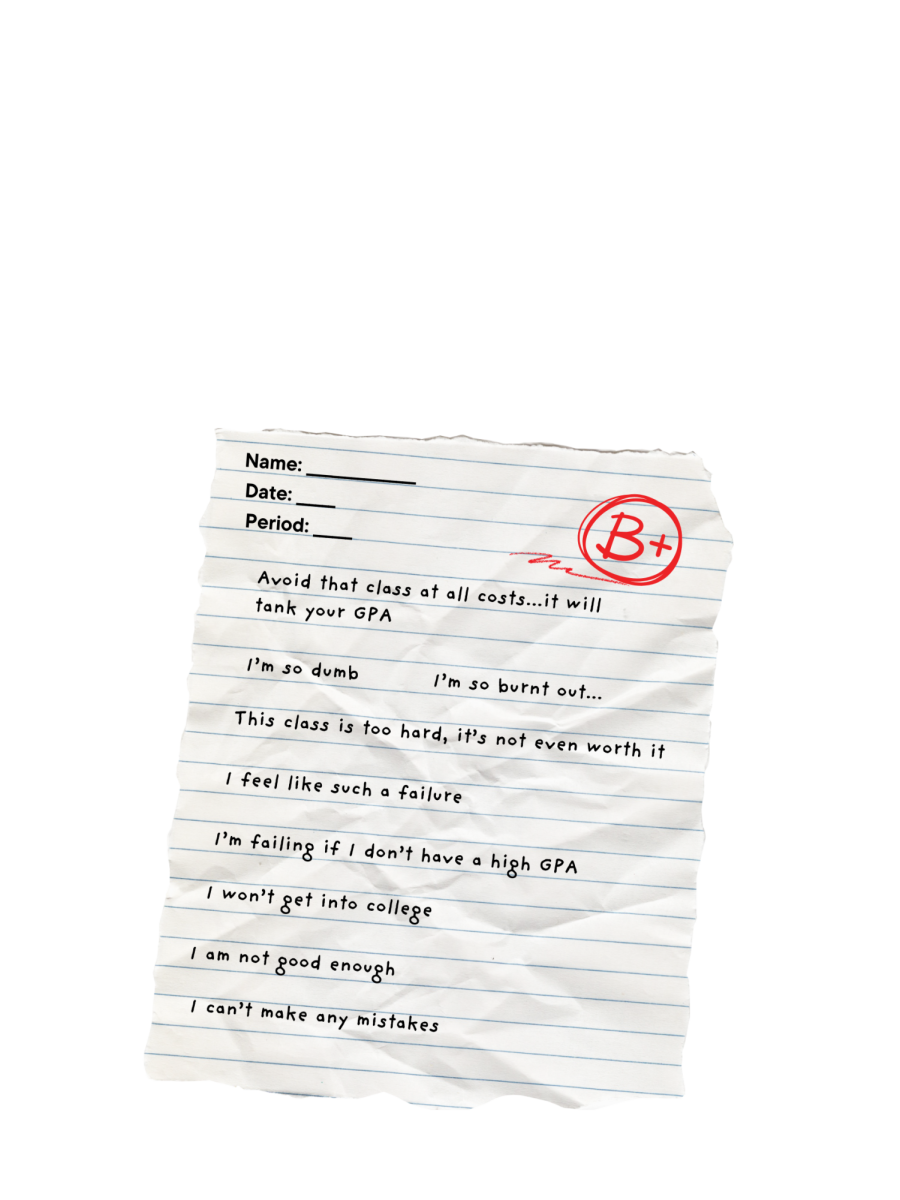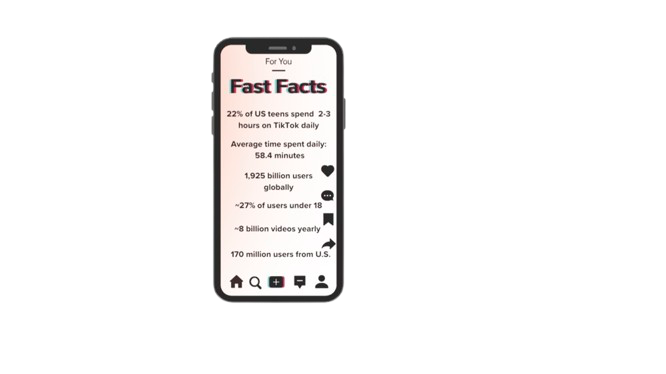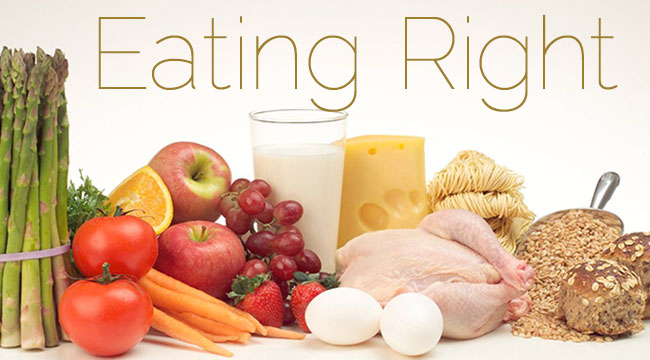 Red, orange, yellow, green, blue, and purple aren’t just the colors you learned in preschool. They are the colors of a healthy, vitamin-rich diet.
Red, orange, yellow, green, blue, and purple aren’t just the colors you learned in preschool. They are the colors of a healthy, vitamin-rich diet.
“Eating a rainbow” happens when you incorporate a variety of colorful fruits and vegetables into your diet, foods like pomegranates, carrots, bananas, spinach, blueberries, and turnips. These foods contain “phytonutrients,” or “plant chemicals,” natural chemicals found in all plants. Diets rich in phytonutrients help to protect us from many health problems, including heart disease, certain cancers, osteoporosis, diabetes, and even cataracts.
On the rainbow spectrum, each color group is packed with its own vitamins and minerals. Purple, blue, red, and orange are considered to be the most antioxidant-rich foods. In general, the deeper the color pigment, the more densely packed with nutrients the food is. Each fruit and vegetable has its own special benefits – cranberries and pomegranates help stop bacteria from attaching to the wall of the bladder. Spinach and broccoli support eye health. Carrots and citrus protect us from cell damage.
So how can you start eating your way to a pot of gold? Researchers say the easiest way to eat more colors is to add color at every meal. Add tomatoes to your spaghetti, avocado to your salad, raspberries to your smoothie. Eating fruits and vegetables is always a good idea, especially when it will help improve your health.
So next time you are fighting between eating white bread or strawberries for breakfast, don’t count calories. Just ask yourself which one is more colorful, and that should help you make a healthier choice.

Quinoa vs. Pasta: Packed with amino acids and vitamins, quinoa has much more protein than regular pasta.
Sweet Potatoes vs. Potatoes: The sweet potato has fewer calories and more fiber than a regular potato.
Donuts vs Bagels: While bagels might seem healthier than donuts because they are not deep-fried, bagels are surprisingly unhealthy. And while donuts are not “better” than bagels, they have fewer carbohydrates and less sodium.
Cheerios vs. Rice Krispies: Cheerios are made with whole-grain oats, meaning they will not turn to sugar as fast as Rice Krispies. Cheerios also have fiber and an abundance of added vitamins and minerals. Rice Krispies. On the other hand, are made from white rice and contain high fructose corn syrup. They have barely any nutritional value.
Oranges vs. Orange Juice: There are more nutrients in the fruit than the fruit juice. When the pulp of the orange is removed in the juicing process, flavonoids are lost and artificial sweeteners are added.
Peas vs. Corn: A cup of peas has more fiber and iron than a cup of corn: 100 grams of corn contains 365 calories, while 100 grams of peas contains only 81.
A Guide to Eating Right
January 28, 2014
0
Donate to The Fourth Estate
$50
$500
Contributed
Our Goal
Your donation will support the student journalists of Laguna Blanca School. Your contribution will allow us to purchase equipment and cover our annual website hosting costs.
